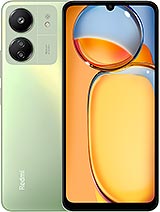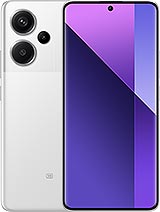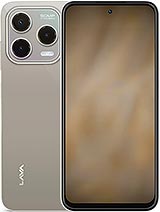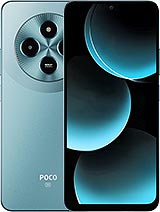Redmi 13C 4G alternatives
Tap above to see alternatives.
Redmi Note 13 Pro+ alternatives
Tap above to see alternatives.
Redmi 13C 4G

Redmi 13C 4G
-
Helio G85
12 nm
-
5000 mAh
18W
-
6.74"
720x1600 pixels
-
50 MP
1080p@30fps
- Specs
Redmi Note 13 Pro+

Redmi Note 13 Pro+
-
Dimensity 7200 Ultra
4 nm
-
5000 mAh
120W
-
6.67"
1220x2712 pixels
-
200 MP
4K@24/30fps
- Specs
2x2.0 GHz Cortex-A75
6x1.8 GHz Cortex-A55
2x2.8 GHz Cortex-A715
6x2.0 GHz Cortex-A510
6GB 128GB (eMMC 5.1)
8GB 128GB (eMMC 5.1)
4GB 256GB (eMMC 5.1)
8GB 256GB (eMMC 5.1)
12GB 256GB (UFS 3.1)
8GB 512GB (UFS 3.1)
12GB 512GB (UFS 3.1)
16GB 512GB (UFS 3.1)
f/1.8, 28mm (wide), PDAF
2 MP
f/2.4, (macro)
0.08 MP
(auxiliary lens)
f/1.7, 23mm (wide), 1/1.4", 0.56µm, multi-directional PDAF, OIS
8 MP
f/2.2, 120˚ (ultrawide)
2 MP
f/2.4, (macro)
1080p@30/60/120fps
f/2.0
f/2.4, (wide)
SIM1: Nano, SIM2: Nano
SIM1: Nano, SIM2: Nano
10 5G bands
n1, n3, n5, n8, n28, n38, n40, n41, n77, n78
In this performance comparison, the Redmi Note 13 Pro+ with its Mediatek Dimensity 7200 Ultra (4nm) performs better than the Redmi 13C 4G with the Mediatek Helio G85 (12nm), thanks to superior chipset efficiency.
Redmi Note 13 Pro+ launched with Android 13 and will receive updates until Android 16, whereas Redmi 13C 4G launched with Android 13 and will get Android 15. Both phones are expected to receive security updates until around 2027.
Redmi Note 13 Pro+ features a superior AMOLED display, while Redmi 13C 4G comes with an LCD panel. In terms of smoothness, Redmi Note 13 Pro+ offers a higher 120 Hz refresh rate, ensuring fluid scrolling and animations. Redmi Note 13 Pro+ also boasts a brighter screen with 1800 nits of peak brightness, enhancing outdoor visibility. Notably, Redmi Note 13 Pro+ offers a higher screen resolution, resulting in sharper visuals and more detailed content.
Both phones are equipped with the same 5000 mAh battery capacity. Redmi Note 13 Pro+ also supports faster wired charging at 120W, compared to 18W on Redmi 13C 4G.
Redmi Note 13 Pro+ includes an IP68 rating, while Redmi 13C 4G lacks an official IP rating.
¹ Scores can vary even with the same chipset due to RAM, thermals, and software optimization.










